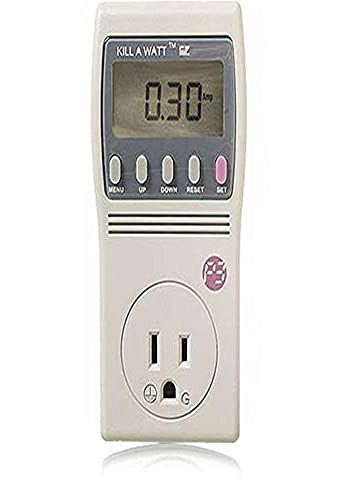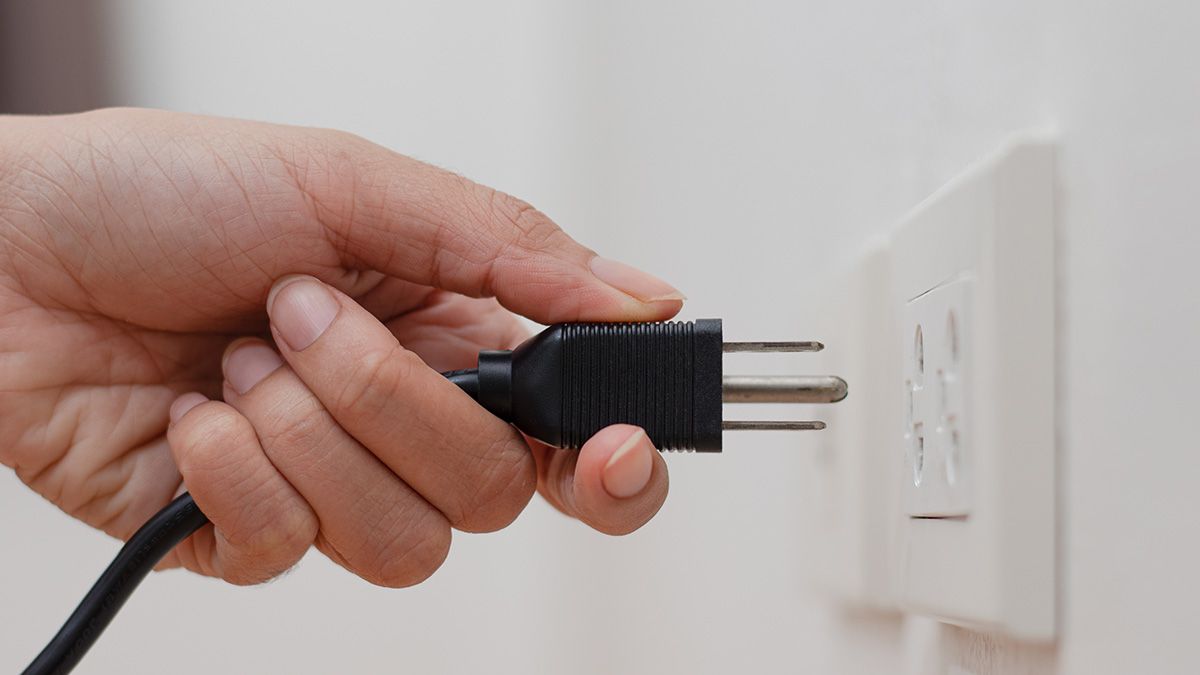Unplugging electronic devices and appliances to save money seems like a proposition with an obvious outcome, but it's actually much more nuanced than you might think. Here's the inside scoop on when you will save money---and when you won't.
The Secret Variable Is Phantom Loads
Whether or not you're going to save any money on your electric bill by unplugging a given device depends entirely on whether or not that device has what is known as a "phantom load."
Some devices are binary. Either they are on and performing their function, consuming electricity in the process, or completely off with no power load.
Traditional incandescent light bulbs (and their "dumb" LED replacements) are like this. So are simple devices like basic space heaters. Either the heater is warming up the room, or it's not.
But some devices consume electricity all the time, even when they don't appear to be doing anything. Smart bulbs draw a tiny bit of power when they are off, because they need to stay "on"---at least at the circuit level---to receive commands. And if your space heater includes a thermostat to turn itself on and off automatically, it will draw power even when it appears to be off, too.
And some devices, like cable boxes or game consoles with fast-start modes, draw a substantial amount of power even when they appear to be turned off.
So Which Devices Should You Unplug?
If you want the easy (but not necessarily the most time-efficient) way to solve the problem, here's what to do. Unplug everything you don't regularly use, leaving anything that has to stay plugged in for the safety and security of your home (such as your sump pump).
If you want a more nuanced approach where you're not unplugging things with zero saving to show for it, you need to grab a watt meter and test how much power your devices draw when plugged in but turned off.
That's how I figured out my media center setup was wasting around $30 a year. It's also how I figured out that other devices were wasting nothing (or mere cents a year), and it wouldn't be worth unplugging them.

P3 International P4460 Kill a Watt Meter
If you're at all curious about the power usage of devices around your home, you need this device.
To get a headstart on identifying which devices are worth investigating and potentially unplugging, read our guide to identifying phantom loads.
Ultimately how much money you save by unplugging things will vary based on what you have in your home, the size of your home, and how efficient your devices and appliances are. But consider this as a rough guideline. By the estimation of various environmental agencies and the EPA, phantom loads account for roughly 10% of the average home's electric bill.
Even if you reduce your home's phantom load in half, you could easily save 5% on your electric bill. And if you find a particularly egregious device, like an old stereo amplifier sucking down 50W around the clock, you could shave around $70 off your annual power bill by only plugging in the amp when you need it. The savings are out there if you're willing to dig in and look for them.
And, the best part about using a watt meter to dig in and look is that you come away from the experience knowing exactly where you can save money---like unplugging that old stereo amp---and where you'll save nothing at all---like unplugging your phone charger.

